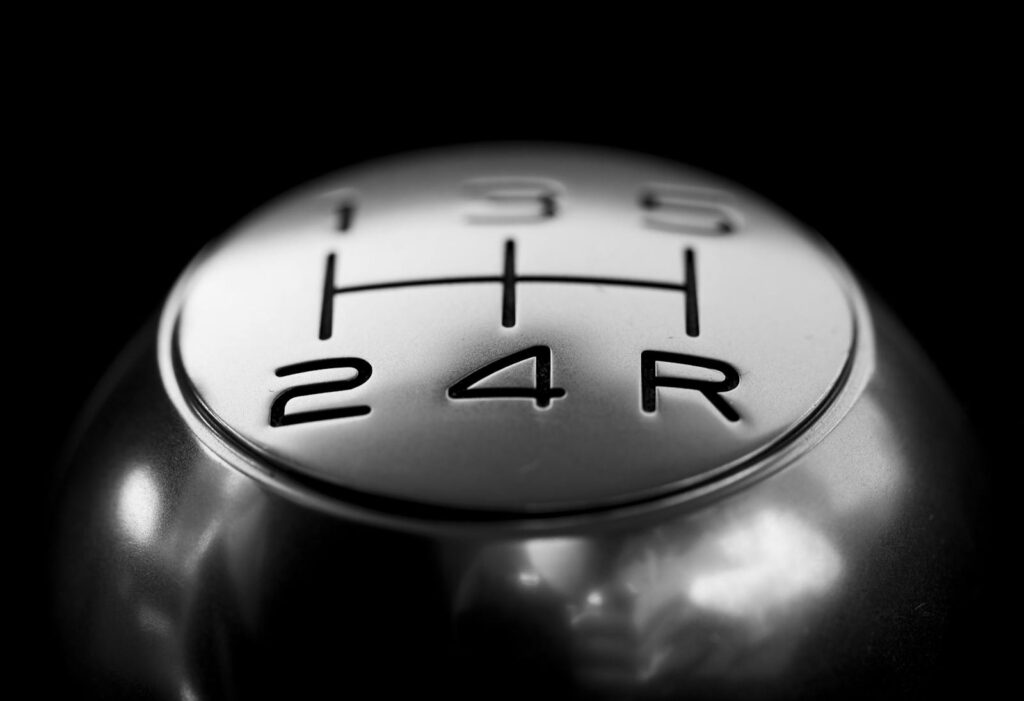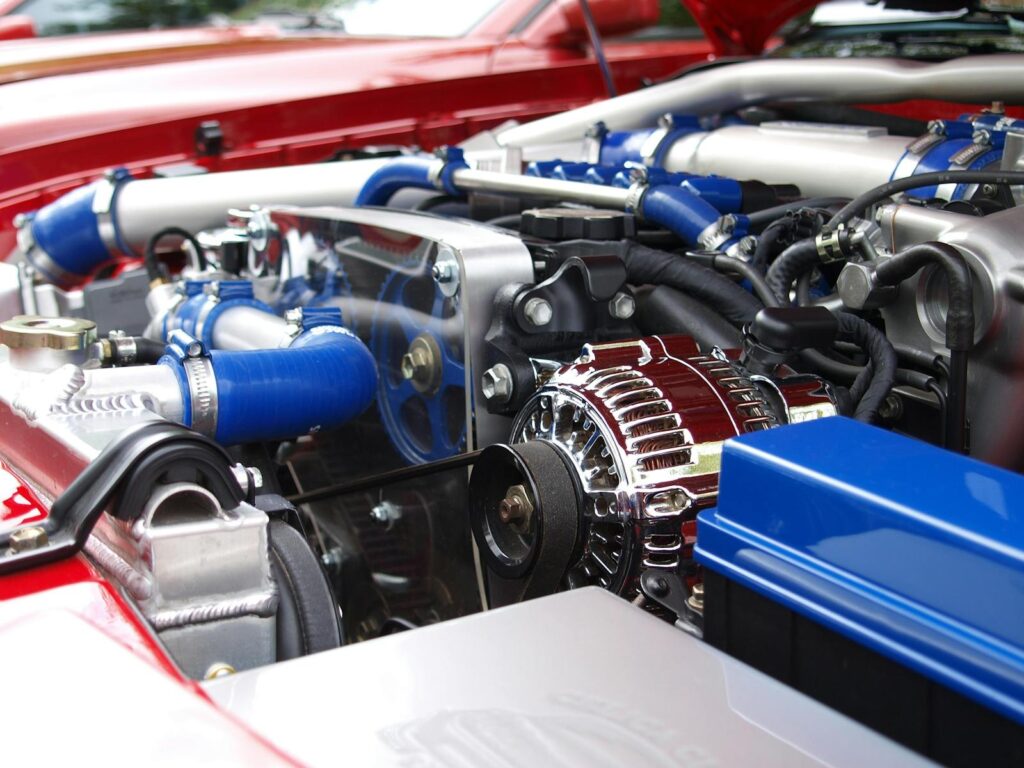Planning a road trip is undoubtedly exciting, filled with dreams of open roads and new discoveries. However, before you even think about hitting that gas pedal for a journey of 1000 miles or more, your preparation should begin long before you pack your first bag. Taking the time to thoroughly inspect your vehicle isn’t just a suggestion; it’s a fundamental step that can mean the difference between a memorable adventure and a stressful, potentially dangerous breakdown.
Driving long distances puts unique stresses on your car, highlighting any underlying issues that might go unnoticed during daily commutes. Neglecting these crucial checks can lead to unexpected delays, costly roadside repairs, and, most importantly, compromise your safety and the safety of your loved ones. A little proactive maintenance now can save you a world of trouble later, ensuring your vehicle is in peak condition to handle the demands of extended travel.
This comprehensive guide will walk you through 15 essential safety checks, designed to empower you with the knowledge to prepare your car for any long-distance journey. We’ll start by focusing on the immediate visual inspections and critical components that directly impact your vehicle’s fundamental operation and safety on the road. By tackling these first steps, you’re laying a solid foundation for a worry-free and enjoyable trip.

1. **Windshield Wipers: Clear Vision, Safer Journey**Like any part of a car, windshield wipers can wear out from continuous use, or they may simply dry out and crack over time due to exposure to the elements. Their effectiveness is paramount for maintaining clear visibility, especially when encountering unexpected rain or road spray during a long drive.
Before your trip, it’s vital to test your windshield wipers to ensure they can displace water effectively. Turn on your wipers and spray some water on your windshield. If they leave streaks, skip spots, or make squeaking noises, they’ll need to be replaced. Driving with worn wipers significantly reduces visibility in inclement weather, turning a simple rain shower into a hazardous situation.
Prompt replacement of faulty wipers is a simple, inexpensive fix that offers a massive return in terms of safety. Ensure that both the driver’s and passenger’s side wipers are in excellent condition. This quick check can save you from white-knuckle driving conditions and ensure you maintain optimal vision throughout your journey, regardless of the weather.
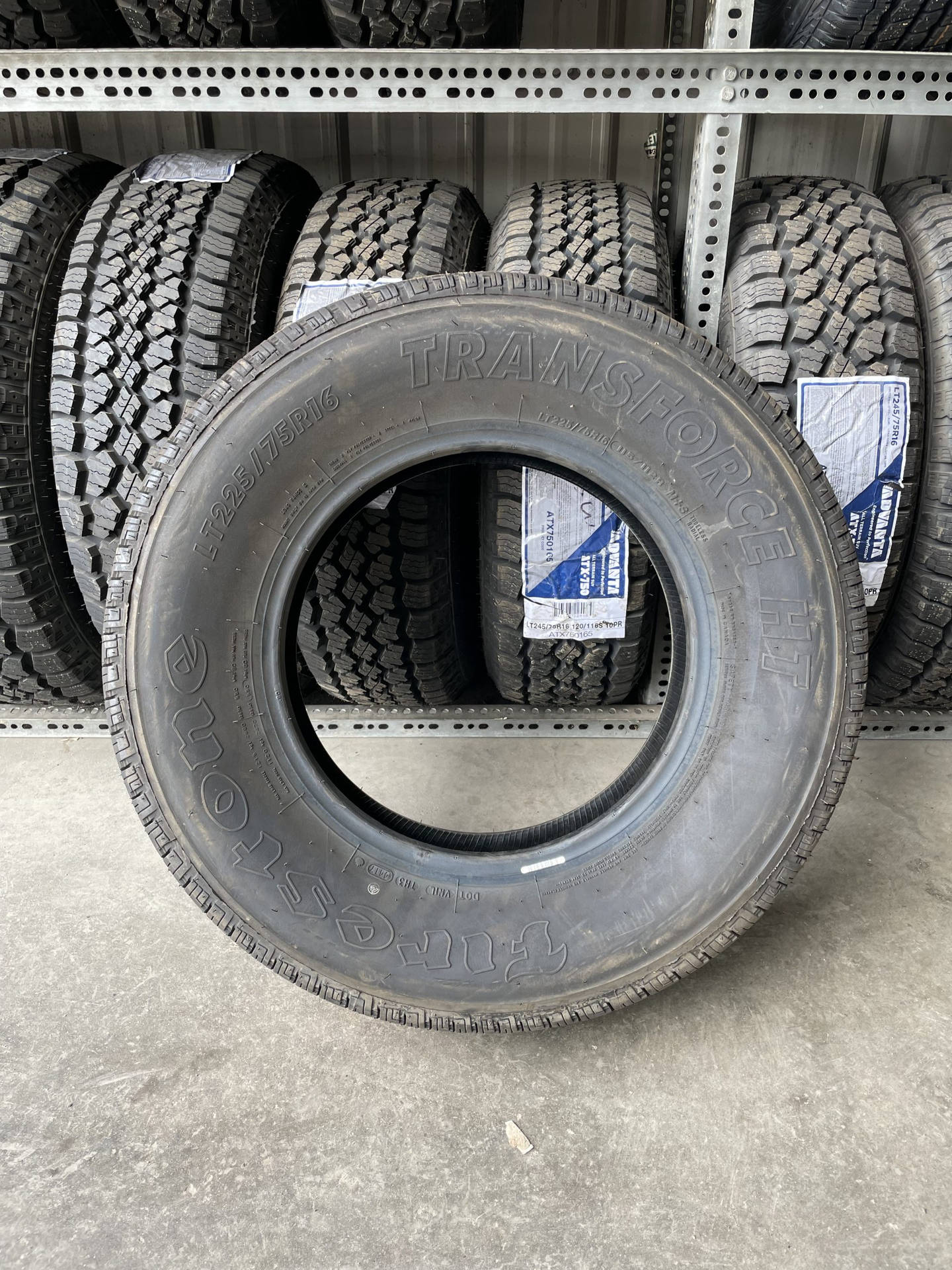
2. **Tire Pressure: The Foundation of Safe Travel**Properly inflated tires are a cornerstone of vehicle safety and efficiency, yet they are often overlooked. Driving on underinflated tires dramatically increases the chances of a blowout by causing damage to the tire’s sidewall. Beyond safety, it also negatively impacts your gas mileage, costing you more at the pump over a 1000-mile trip.
To find the correct tire pressure, consult your owner’s manual or look for the tire’s pressure rating printed on the side of each tire, or on a sticker located on the driver’s door jamb. It’s crucial to check your tire pressure when the tires are cold, meaning after at least 3-4 hours of non-driving, as pressure changes based on temperature. An accurate reading ensures you’re inflating to the manufacturer’s specification.
Use a high-quality tire pressure gauge to measure the pressure accurately. If the pressure is low, inflate it using an air compressor. If it’s too high, you can deflate it slightly by pressing the metal pin on the valve stem. Maintaining the correct tire pressure enhances handling, stability, and overall safety, while also extending the lifespan of your tires and contributing to better fuel efficiency.
Read more about: Mastering Winter Roads: Your Essential Guide to Car Winterization and Preventing Costly Breakdowns

3. **Tire Tread Depth & Condition: Grip for the Road Ahead**Beyond inflation, the condition of your tire treads is critical for maintaining proper traction, especially on wet or uneven roads. Balding tires are more prone to blowouts and significantly reduce your vehicle’s ability to grip the road, increasing stopping distances and reducing control. This is especially true when you’re driving long distances and encountering varied road conditions.
Visually inspect the sidewalls of your tires for any signs of damage, such as bulges, cuts, or cracks, which can compromise the tire’s integrity. For tread depth, the classic “penny test” is a simple and effective method: place a penny upside down in the main tread grooves of your tire, with Lincoln’s head facing down. If you can see further down Lincoln’s head than his forehead, the tires need to be replaced. Many tires also feature tread wear indicators, which are raised bars within the grooves; if these are flush with the tread, it’s time for new tires.
For the most precise measurement, invest in a tread depth gauge, a specialized tool that accurately measures individual tread grooves. Experts advise that tires should be replaced when the tread depth reaches around 3mm, even though the legal minimum in many regions is 1.6mm. Prioritizing healthy tires is among the top things to check before driving long distances to ensure optimal safety and performance.
Read more about: Your Ultimate Guide: The 10 Best Tires for Seamless Long-Haul Road Trips

4. **Exterior Lights & Horn: Be Seen, Be Heard**Working exterior lights and a functional horn are non-negotiable for safe driving, especially when traveling at night or in adverse weather conditions. Your headlights illuminate your path, taillights make you visible from behind, and turn signals communicate your intentions to other drivers. A broken light can be hazardous, as other drivers won’t know what you intend to do, leading to potential accidents. Moreover, it can lead to an expensive ticket if you get pulled over.
Before your long trip, systematically test all your exterior lights. Turn on your headlights (both high and low beams), parking lights, and turn signals, checking to ensure each is lighting up as it should. Don’t forget to check your brake lights – you might need a helper for this – and your license plate light. While you’re testing the lights, honk the horn a few times to make sure it works too. A functional horn is crucial for alerting other drivers to potential hazards.
Taking a few moments for this straightforward check provides peace of mind, knowing that your vehicle is fully communicating its presence and intentions to everyone else on the road. It’s a small task with a significant impact on your overall safety during extended periods of driving.

5. **Engine Belts (Serpentine/Accessory): The Heartbeat of Your Engine**The serpentine or accessory belts in your engine are critical components that power essential systems like the alternator, power steering pump, air conditioning compressor, and sometimes the water pump. A failing belt can quickly lead to a loss of power steering, an overheating engine, or a dead battery, all of which are scenarios you absolutely want to avoid on a long road trip.
Locate the belts, usually on the front or side of your engine. Carefully inspect them for any signs of glazing, which appears as shiny spots, or visible cracks. Both glazing and cracking indicate wear and tear, signaling that the belt is nearing the end of its lifespan and needs to be replaced. A worn belt is more likely to slip or snap, leaving you stranded.
After visually inspecting for damage, check the tension of the belt. Gently pinch the belt with your thumb and forefinger and try to move it up and down. While exact tension specifications vary by vehicle, there shouldn’t be excessive slack. If you notice significant glazing, cracking, or slack, it’s a clear sign that a professional inspection or replacement is due before you embark on your journey.

6. **Air Filter Condition: Breathing Easy for Peak Performance**While most vehicles can go tens of thousands of miles without needing an air filter replacement, its condition directly impacts your engine’s performance and fuel efficiency. A clogged air filter restricts airflow to the engine, forcing it to work harder, which can lead to reduced power and increased fuel consumption – unwelcome issues when you’re covering long distances.
The air filter is typically located in the air box, which is attached to the end of an accordion-looking plastic pipe, often called the intake. Most air boxes are secured with clips; removing these will allow you to open the box and inspect the filter. The filter should ideally be free of debris and typically white or light-colored when new.
If your air filter appears particularly dirty, caked with leaves, bugs, or excessive dust, it’s time for a replacement. A clean air filter ensures your engine breathes properly, maintaining optimal combustion and performance. This simple check can help your engine run smoothly and efficiently throughout your 1000-mile journey, preventing unnecessary strain and potential issues.

7. **Dashboard Warning Lights: Your Car’s Early Warning System**Your dashboard warning lights are your vehicle’s way of communicating potential problems, acting as an early warning system that should never be ignored. An illuminated check engine light, for instance, can signify anything from a minor sensor issue to a serious engine problem. Addressing these lights before your trip is paramount to preventing a small issue from escalating into a major roadside emergency.
If any warning light is illuminated, especially the check engine light, you can use an OBDII scanner to find out what error code has prompted it. These scanners plug into an open plastic connector port usually located beneath the dashboard on the driver’s side. The scanner will provide a code, and you can then look up its corresponding description in a vehicle-specific repair manual or often on the manufacturer’s website.
Once you know what’s wrong, you can make an informed plan to fix it. Even seemingly minor warning lights could hint at underlying issues that could become critical during prolonged driving. Ignoring them is a gamble not worth taking; prompt action to diagnose and resolve any dashboard warnings ensures your car is truly ready for the demands of a long road trip.
Navigating the open road for 1000 miles or more requires more than just a full tank and a playlist. It demands a vehicle in prime condition, meticulously checked to preempt any potential hiccups. While the initial inspections covered essential exterior and fundamental operational components, a truly worry-free journey extends to the hidden vital systems and a mindful approach to pre-departure readiness.
Now, let’s dive deeper into the comprehensive fluid inspections, ensure your brake system is robust, revisit tire maintenance with a fresh perspective, and cover those crucial final preparations, including making sure the most important safety component—you—is ready for the journey. These next eight checks are your blueprint for maintaining peak vehicle health and ensuring every mile is a smooth one.
Read more about: 14 Critical Dashboard Warnings You Should Never Ignore: A Popular Mechanics Guide

8. **Engine Oil Level and Quality: The Lifeblood of Your Engine**Your engine oil is arguably the single most critical fluid in your vehicle, responsible for lubricating moving parts, reducing friction, and dissipating heat. Embarking on a long journey with low or degraded oil can lead to excessive engine wear, overheating, and potentially catastrophic damage. Before your 1000-mile adventure, ensuring your oil is at the correct level and in good condition is non-negotiable for engine longevity and performance.
To check your engine oil, first ensure your vehicle is on level ground and the engine is cool. Locate the dipstick, usually marked with a brightly colored handle. Remove it, wipe it clean with a rag or cloth, and then fully reinsert it into its tube. After a minute, pull the dipstick out again and observe the oil level; it should ideally fall between the minimum and maximum marks. If it’s below the minimum, you’ll need to top it up according to your vehicle’s manual, using the recommended oil type and quantity.
Beyond the level, inspect the oil’s color and consistency. Fresh, healthy engine oil is typically translucent and golden to light brown. As oil ages, it darkens and can become thicker or gritty, indicating degradation and a reduced ability to protect your engine. Dark, opaque oil is a clear sign that it has lost its lubricating properties and needs changing.
If your oil appears dirty or is below the recommended level, an oil change service might be necessary to ensure optimal engine lubrication and performance. This proactive step prevents unnecessary strain on your engine, especially during the continuous demands of long-distance driving.
Read more about: 14 Critical Dashboard Warnings You Should Never Ignore: A Popular Mechanics Guide
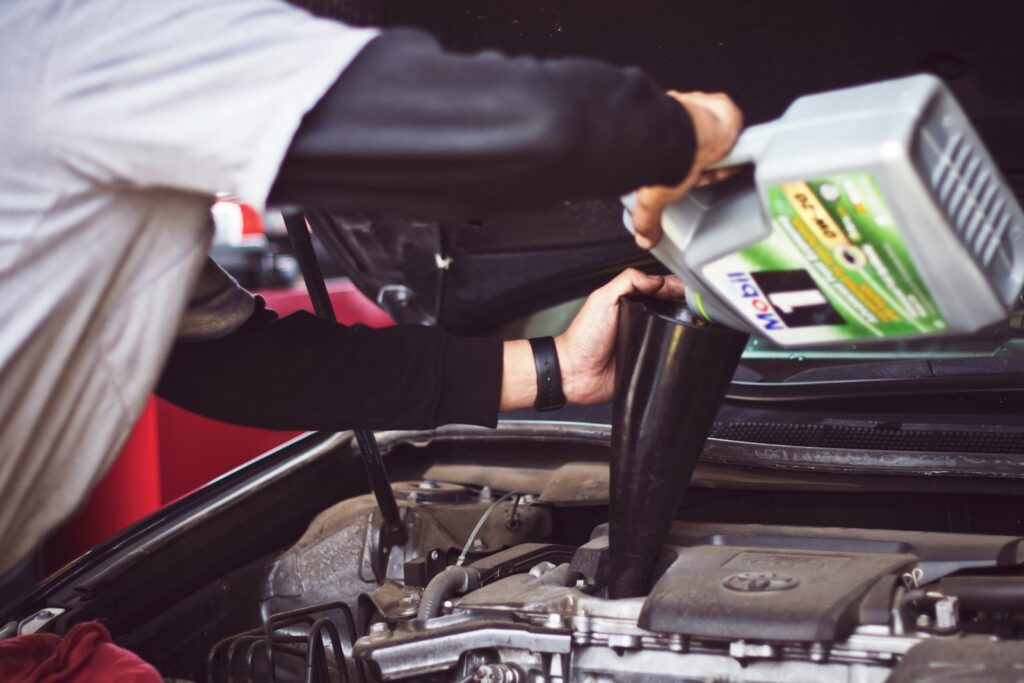
9. **Coolant/Radiator Fluid Level and Condition: Keeping Your Cool Under Pressure**The cooling system, particularly your radiator and coolant, is vital for preventing your engine from overheating, especially during extended periods of driving in varied temperatures. Overheating is a leading cause of roadside breakdowns, turning an exciting road trip into a frustrating halt. Verifying your coolant’s level and condition is a simple yet profoundly effective way to safeguard your engine against thermal stress.
Just like with engine oil, check your coolant when the engine is cool. Locate the coolant reservoir, often a translucent plastic tank with distinct “Min” and “Max” fill lines. The fluid level should comfortably sit between these marks. If it’s low, top it up with a premixed coolant solution that matches your manufacturer’s recommendations. This is particularly important if you anticipate driving in colder regions, as coolant also contains antifreeze properties.
Observe the coolant’s color and clarity. Fresh coolant typically appears bright green, orange, or pink, depending on the type specified for your vehicle. Discolored, rusty, or cloudy coolant indicates degradation or contamination, suggesting that its heat transfer capabilities are compromised. These visual cues are crucial indicators that a flush and refill are in order.
If the coolant appears compromised, a professional coolant flush service will replace the old fluid, restoring efficient heat transfer and preventing your engine from reaching dangerously high temperatures. This ensures your car maintains optimal operating temperature, keeping you moving smoothly down the road.
10. **Brake Fluid Level and Condition: Your Crucial Stopping Power**The brake fluid in your vehicle is absolutely paramount to the integrity of your braking system. It transmits the force from your foot on the brake pedal to the calipers, engaging the brake pads and bringing your vehicle to a stop. On long journeys, where sudden stops or sustained braking might be required, having properly maintained brake fluid ensures your brakes respond effectively and reliably.
Locate the brake fluid reservoir, typically a small translucent container under the hood, usually marked with a “BRAKE” symbol on its cap. Check the fluid level against the minimum and maximum markings. A level between these two points indicates an adequate volume. If the fluid level is consistently low, it could also signal worn brake pads or a leak in the system, warranting further investigation.
Next, assess the color and clarity of the brake fluid. Fresh brake fluid is typically clear or light amber. If your brake fluid has turned dark brown or black and appears opaque, it’s an indicator of contamination or excessive moisture absorption, which degrades its performance. Over time, brake fluid can absorb moisture from the air, lowering its boiling point and potentially leading to a dangerous loss of braking power.
If the brake fluid is dark or murky, it’s time for a brake fluid flush and replacement with fresh fluid specific to your vehicle’s needs. This critical maintenance step ensures consistent, reliable brake function, providing you with the peace of mind that your vehicle will stop precisely when you need it to, regardless of how many miles you’ve covered.
11. **Power Steering Fluid Level and Condition: Smooth Turns, Effortless Control**Power steering fluid plays a critical role in making your vehicle easy to maneuver, turning what could be a strenuous task into an effortless one. It lubricates the power steering pump and allows the system to assist your steering, crucial for navigating turns, parking, and maintaining control, especially over long distances. A healthy power steering system is essential for a comfortable and safe driving experience.
To check this fluid, locate the power steering reservoir, often identifiable by a steering wheel symbol on its cap. Like other fluid checks, ensure the level falls between the minimum and maximum markings. Consult your owner’s manual for specific instructions, as some vehicles require checking the fluid when the engine is warm or running.
Visually inspect the fluid’s color and clarity. In optimal condition, power steering fluid is typically reddish or pinkish. If the fluid appears dark, brown, or opaque, it’s a strong indicator of degradation or contamination. This can lead to increased steering effort, whining noises from the pump, or even premature failure of steering components.
If you observe dark or contaminated fluid, consider a professional power steering fluid flush service. Replacing old, compromised fluid with fresh, manufacturer-recommended fluid will restore smooth and responsive steering, making your long-haul driving much more manageable and significantly safer.

12. **Transmission Fluid Level and Condition: Seamless Gear Shifting for the Long Haul**For vehicles with automatic transmissions, the transmission fluid is indispensable for smooth gear changes, lubricating components, and cooling the transmission. Neglecting its condition can lead to rough shifting, reduced fuel efficiency, and expensive transmission damage, all of which you want to avoid miles from home. Checking this fluid is a key car check before a long journey, ensuring the longevity and reliability of your powertrain.
Checking transmission fluid typically requires a specific procedure, often detailed in your vehicle’s owner’s manual, as some cars require the engine to be running and the transmission in a specific gear (e.g., Park or Neutral) to get an accurate reading. Locate the transmission dipstick, usually further back in the engine bay than the oil dipstick, and follow the manual’s instructions to measure the fluid level between the minimum and maximum marks.
Just as with other fluids, observe its color and clarity. Healthy transmission fluid is generally reddish or pinkish and clear. If the fluid appears dark brown, black, or has a burnt smell, it indicates degradation, overheating, or contamination. This signifies that the fluid is no longer providing adequate lubrication or cooling, putting your transmission at risk.
If the fluid shows signs of compromise, a transmission fluid flush service is advisable. Replacing degraded fluid with fresh, appropriate fluid ensures smooth gear shifting, preserves your transmission, and contributes significantly to a worry-free and efficient road trip.

13. **Brake Pads: Ensuring Consistent Stopping Power**While brake fluid ensures the hydraulic transfer of force, your brake pads are the physical components that create friction against the rotors to stop your vehicle. Worn brake pads compromise stopping distances and overall braking effectiveness, presenting a significant safety hazard, especially when driving long distances at varying speeds and conditions. Proactive inspection and replacement are critical.
Pay attention to your vehicle’s braking performance. If you’ve noticed your brakes squealing, grinding, or if the brake pedal feels spongy or requires more pressure than usual, these are clear indicators that your pads might be excessively worn. Generally, if it’s been more than 50,000 miles (80,000 km) since your last brake pad replacement, a check is highly recommended before a substantial journey.
To inspect the pads, you may need to remove your wheels to get a clear view. Once the wheel is off, you can often visually check the thickness of the brake pad material. If the pad material is very thin (less than a few millimeters) or you can hear a grinding noise, the pads are likely worn down to the wear indicators, meaning replacement is urgent. Look for even wear across the pad surface.
Replacing worn brake pads is a fundamental safety measure that ensures your vehicle can stop reliably and safely. Don’t gamble with your braking system on a long trip; addressing this before you leave can prevent a critical failure and protect you and your passengers.
Read more about: The Underdog’s Edge: 15 Cheap Car Mods Proving Performance Gains Don’t Require Forever Funds
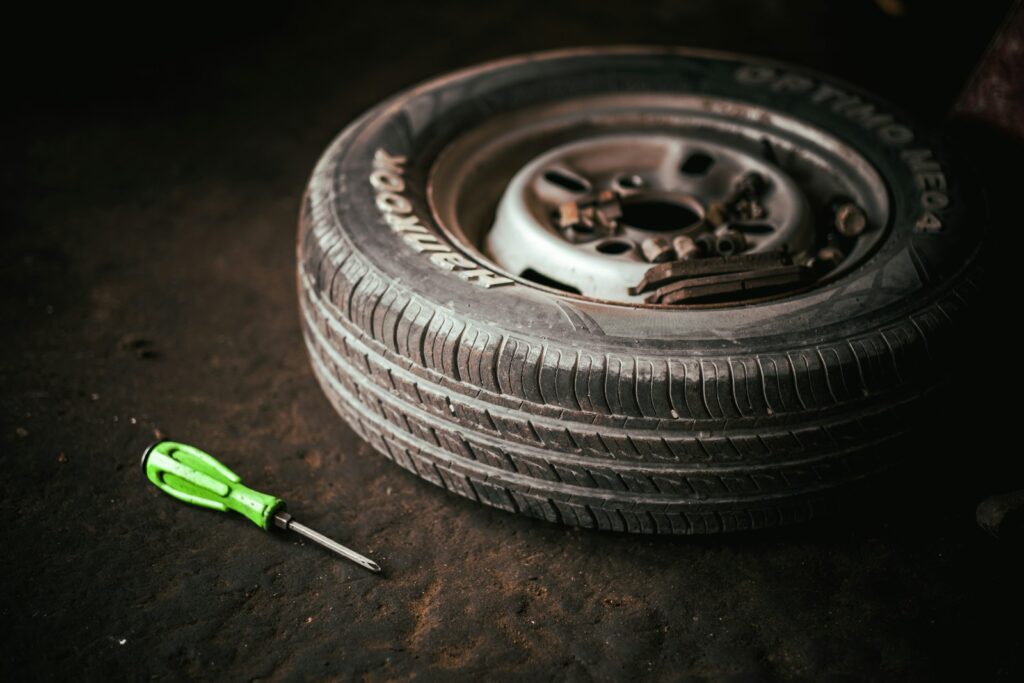
14. **Tire Rotation: Maximizing Tire Life and Performance**Beyond checking individual tire pressure and tread depth, regular tire rotation is a key maintenance practice that extends the life of your tires and maintains balanced handling. Tires wear differently depending on their position on the vehicle; front tires, for example, often wear faster due to their role in steering and most of the braking force. Ensuring even wear across all four tires is vital for consistent performance.
By rotating your tires at recommended intervals—typically every 5,000 to 8,000 miles, or as specified in your vehicle’s owner’s manual—you distribute the wear more evenly. This practice helps to ensure that all tires wear down at roughly the same rate, preventing premature replacement of individual tires and maintaining optimal vehicle dynamics, especially critical for stable handling during long periods of highway driving.
Evenly worn tires contribute to better traction, improved fuel efficiency, and a smoother ride. It also means that when it’s time for a full set of new tires, you can replace all four simultaneously, ensuring consistent grip and handling characteristics. This simple maintenance step is an investment in your vehicle’s safety and your wallet.
If your vehicle is due for a tire rotation, schedule it before your 1000-mile trip. This ensures that your tires are in the best possible condition, ready to handle varied road surfaces and extended travel without compromising performance or safety. It’s a small effort with significant returns in terms of tire longevity and driving confidence.
15. **Driver Condition: The Ultimate Safety Factor**Finally, after meticulously inspecting every nut, bolt, and fluid in your vehicle, it’s time to turn the spotlight on the most crucial component of all: yourself. A vehicle in perfect condition can still be a liability if the driver is not. Fatigue, illness, stress, and distractions are significant contributors to accidents, making your physical and mental readiness as important as any mechanical check.
Before embarking on your epic 1000-mile journey, prioritize getting adequate rest. Aim for a full 7-8 hours of sleep the night before your trip. Fatigue impairs judgment, slows reaction times, and can lead to microsleeps, which are incredibly dangerous on the highway. Your ability to stay alert and make quick decisions is paramount to navigating unexpected road conditions and the actions of other drivers.
Beyond rest, ensure you are well-hydrated and have planned regular breaks. Dehydration and hunger can lead to irritability and reduced focus. Schedule stops every two to three hours to stretch, refuel, and refresh your mind. If possible, arrange to switch drivers during long stretches. Sharing driving duties helps combat fatigue, allowing both drivers to stay fresh, alert, and focused throughout the journey.
Remember, a road trip is an endurance event for both car and driver. By proactively addressing your own condition, just as you would your vehicle’s, you empower yourself to react safely and enjoy the journey to the fullest. Your well-being is the final, non-negotiable safety check that guarantees a smooth, secure, and memorable adventure.
Read more about: Dealership Dirt Uncovered: 15 Sneaky Car Sales Tactics Every Buyer Needs to Master
Road trips are synonymous with freedom and the thrill of discovery, but true freedom on the road comes from confidence in your preparation. By diligently performing these 15 essential safety checks, you’re not just preparing your car; you’re investing in peace of mind, ensuring every mile of your journey is as safe and enjoyable as possible. So, go ahead, hit the road—but only after you’ve given your trusty steed, and yourself, the ultimate pre-trip tune-up. Happy travels!



